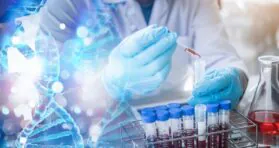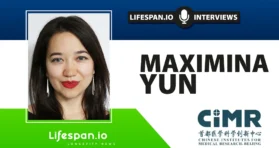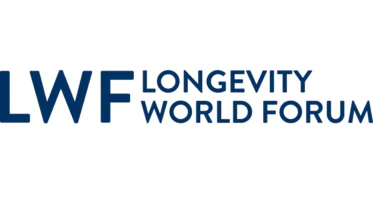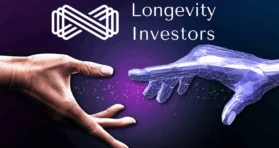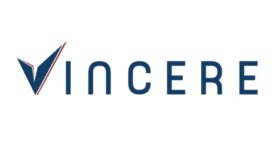
Your #1 Source for Life Extension News
Lifespan.io offers the latest information on rejuvenation biotechnology and life extension technologies. Our news outlet brings you the latest aging research, financial, and advocacy news, which is great if you like to keep up to date with everything happening in this rapidly changing field on a daily basis.
The Latest Longevity News Stories
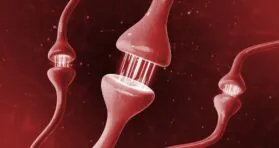
How Senescent Astrocytes Don’t Support Neurons
Resesarchers have found that thrombospondin-1 (TSP-1), a compound that is critical in growing brain synapses, is secreted by normal astrocytes but not senescent ones. Senescence is harmful to the brain It is well-known that cellular senescence causes […]

The Impact of Childbearing Trajectories on Aging
The authors of a recent study investigated the relationship between reproduction (number and timing of children), aging, and survival. An analysis of seven distinct reproductive trajectories suggested that two groups, women with the most live […]
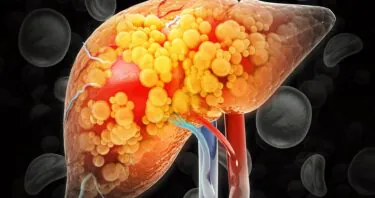
Study Uncovers How Obesity Drives Chronic Inflammation
Scientists have discovered that obesity causes macrophages to ramp up mitochondrial DNA production, leading to more inflammation [1]. Obesity and inflammation Obesity is associated with multiple acute […]
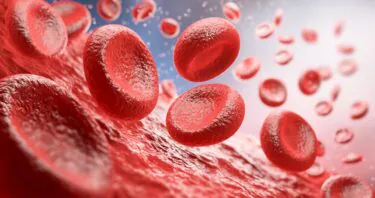
A New Look at How Blood Stem Cells Age
In Aging Cell, four Japanese researchers have recently described the aging of the hematopoietic system, which is responsible for the creation of blood. A system that […]
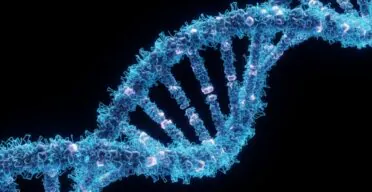
Vast Majority of Alzheimer’s Cases Attributable to One Gene
According to a new study, as many as 90% of Alzheimer’s cases can be attributed to “suboptimal” variants of the APOE gene. These results […]

Longevity Advocacy in 2025: The Expert Roundup
The last installment in our end-of-year series of expert roundups might be the least flashy, but it is arguably no less important than the previous ones dedicated to longevity biotech and geroscience. Public advocacy is a powerful lever. To quote […]

The Geroprotective Potential of Hormone Replacement Therapy
A recent review of literature investigated the risks and benefits of hormone replacement therapy. The authors point out that this approach could […]
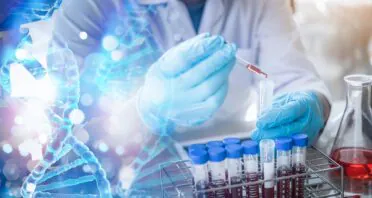
Geroscience in 2025: The Expert Roundup
2025 was a good year for geroscience, marked by rapid strides and critical milestones. Yet, the path wasn’t always smooth: progress in some areas lagged, research hit dead ends, and familiar bottlenecks persisted. Against this backdrop, we […]

A Protein That Exacerbates Heart Disease With Age
Researchers publishing in Aging Cell have found that Hevin, a protein found in the extracellular matrix that increases with age, leads to heart problems in older male mice. Inflammaging contributes to heart […]
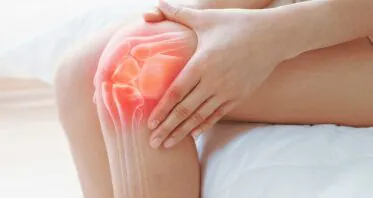
A Small Molecule Regenerates Cartilage in Aged Mice
By inhibiting the aging-related enzyme 15-PGDH, scientists have shifted cartilage cells towards a healthier phenotype, leading to a significant improvement in a mouse model of osteoarthritis [1]. The hard-to-repair part Articular cartilage (the […]
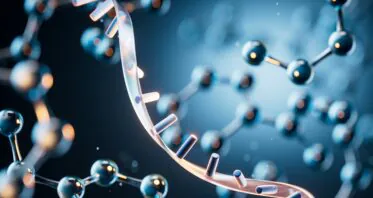
How Harmful Extracellular Vesicles Cause Brain Inflammation
In a paper published in Aging Cell, researchers have described how older cells send long interspersed nuclear element-1 (LINE-1) RNA to other cells in extracellular vesicles (EVs), spurring inflammation. Evil EVs In the literature, EVs are often discussed in a […]
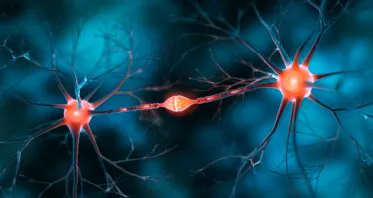
Recombinant Human Protein Stops Neuronal Loss in Alzheimer’s
A recent study investigated biomarkers that can help monitor trajectories of Alzheimer’s disease-related molecular processes, such as neuronal cell death, and how patients respond to treatments. The authors reported that using biomarkers enabled them to gain […]
Interviewing the leading experts in aging research and longevity
We have a dedicated team of journalists who have interviewed many of the leaders in the field about their research and the drive to end age-related diseases. You can find our latest interviews below.
Regular Digest Articles
We publish the Rejuvenation Roundup – a monthly digest of what is happening in the field, a Longevity Market Recap – a monthly digest focused on the investment and business side of the field, and a quarterly Editorial – focusing on the activities of the news outlet and the wider organization.
Industry Press Releases
You can find some press releases from various companies in our field below. Lifespan.io does not endorse any of these PRs and they are simply provided for information and interest.
Want even more news?
If you want to see even more recent articles, check out all news stories, or if you would like to look at a specific year or month head to the news archive.


